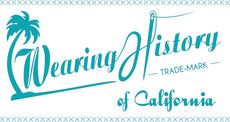wearinghistory
E-Pattern- Cordelia- Circa 1909-1914 Edwardian Skirt- Waist 22"-40"
Couldn't load pickup availability
Wearing History #R101-Cordelia- Circa 1909-1914 Edwardian Skirt Pattern
Multi-Size Waist 22"-40"
Intermediate-Advanced Sewing Skill Recommended
This listing is for an E-Pattern to print yourself at home on your home printer's USA letter and A4 sized paper. Now also includes A0 files to send away to a copy shop for wider format printing.
--- DESCRIPTION ---
A Resto-Vival pattern from the Edwardian period and is suitable for looks from 1909-1914.
This is from an antique pattern and vague, text only instructions are included. Please expect some experimentation during your mock up.
The skirt is in the Edwardian "directoire" style, and meant to fall gracefully from the top of the fitted interior waistband, skim the waist and the hips, and fall gracefully to the floor.
This pattern has LOTS of options and covers all your basic skirt needs of this period and can be used to make the following in both DAY and EVENING versions:
--- Day or Evening Versions with Hem Options of ---
-A skirt with a small sweep
-A skirt with a rounded, longer train
-A skirt with a pointed train
-A skirt with a squared train
--- This skirt can be---
-seamed up the back with a pain, normal center back seam
-pleated at the back
OR:
-Made as a one-piece skirt, buy cutting on the fold and seaming up center back.
-Made as a two-piece skirt, with seams at both center front and center back
-Made a a skirt for a dress, by attaching a bodice at the raised waistline and using ANY of the above options.
--- More Features About this Skirt ---
-This skirt is shaped with a wide, long dart at the hip.
-It is not meant to be fitted at the natural waist, but is fitted to the top of the raised waistband.
-The hem of this skirt should be weighted, as done with the tucked version or the trains.
-This is shown in photographs with the Wearing History 1910s Blouse Pattern.
-This skirt is from, essentially, one GIANT piece, and will most likely require piecing to get it to fit -on a fabric width, especially for larger sizes.
-The two-piece skirt is seamed up center front and may be cut on the straight of grain and is suitable for stripes, which will fall at a diagonal at center back.
-This skirt can fall straight at the front or be pleated at the side front and accented with appliques or trim, or left plain.
-This skirt is constructed with an interior waistband made of 2" wide belting, and the waist hits above the natural waist.
-This skirt is best made in fabrics with a nice drape such as cottons, linens, satins, or wools. It does not look as well in fabrics with a stiff hand.
-This pattern may be worn without corsets if you do not wish to style this in a period way and choose to use it for modern wear but adjustments may be needed and it still looks best when worn with period foundations and at least one petticoat.
-Waist and hip size should be determined by taking your waist and hip measure as taken over period foundation garments such as corsets and petticoats.
This pattern includes original period instructions which are text only and very minimal.
No cutting charts are given, and yardage charts may not be reliable, since they are for fabric widths of 100 years ago, not today. No period yardages are given for sizes 36, 38, & 40 waist, as this pattern was not originally available in these sizes.
---This Pattern Includes---
-Text only instructions, which are minimal, transcribed directly from this century-old pattern.
-New pattern markings, to aid in understanding the pattern piece (original was unmarked).
-Basic written tips by me to aid in construction
-A multi-size pattern, in sizes 22"-40" waist. The original was single size, in a 28" waist.
-Instructions and cover on BIG pattern layout sheet you assemble. This is done to conserve paper, as there was blank space after pattern placement.
---This Pattern DOES NOT include---
-NO illustrations to go with instructions
-NO detailed sewing instructions- instructions are basic and sparce.
-NO cutting charts
-NO instruction included for piecing fabric widths.
-NO yardages given for sizes 36", 38", & 40" waist.
-There are no side seams for pattern adjustment. Adjustments may be made at the waist by taking in or letting out the dart placed at the hip. A muslin mock up is highly suggested to test fit before cutting into your fashion fabric.
This video can help you understand internal waistbands:
--- About Wearing History Resto-Vival™ Patterns ---
Resto-Vival™ Patterns are original historic patterns that have been restored and revived. Original patterns are usually available only in single sizes, precut from tissue paper and totally unprinted, with details like grainlines and darts indicated only by small perforations. Resto-Vival™ patterns are clearly marked with drawn and labeled markings. These markings aid the modern sewer in understanding the markings of the original pattern and the construction of the garment. Resto-Vival™ patterns follow the period shapes of the original patterns, maintaining the historical accuracy of the completed garment. Original period instructions are included. These instructions are text only (unless otherwise noted) and fairly minimal, especially compared to instructions for modern patterns. At least an intermediate knowledge of dressmaking and a good familiarity with pattern construction is suggested. You may choose to have a modern or period sewing book handy to help with basic construction methods that the pattern instructions do not cover in detail. Also, fitting a muslin mockup is strongly recommended, as all garments were meant to be worn over period foundation garments or corsetry.
- HOW TO USE THIS E-PATTERN -
YOU WILL NEED ADOBE READER, A FREE PDF READER PROGRAM, IN ORDER TO OPEN AND PRINT THIS PATTERN.
This pattern is formatted for USA Letter Size and A4 sized paper. You will need to print this pattern to 100% scale. Open the "READ-ME-FIRST" File for instructions on printing and piecing your pattern.
This pattern is tiled into letter sized paper. You will print these documents on your home printer, cut, and tape them together, to form a larger pattern layout. Then you cut and use your pattern just as you would a normal home sewing pattern.
This pattern comes uses a LOT of paper.
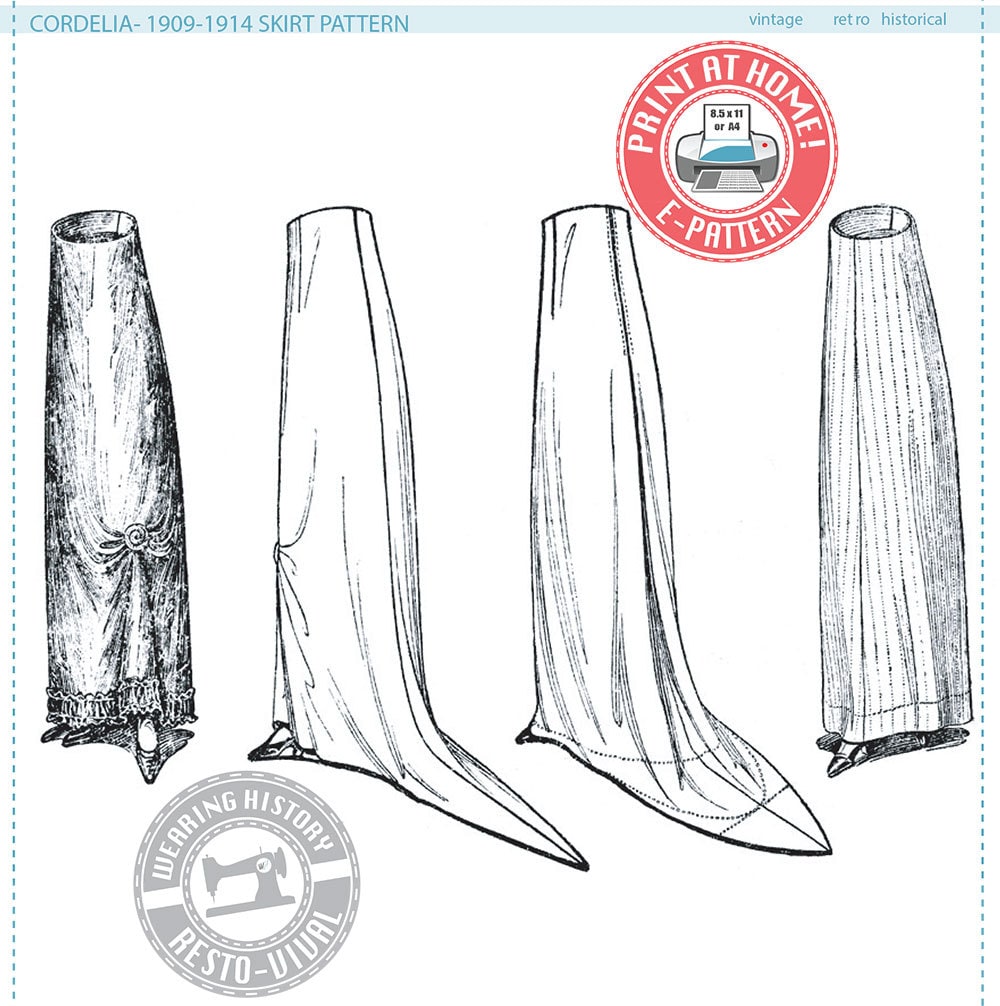
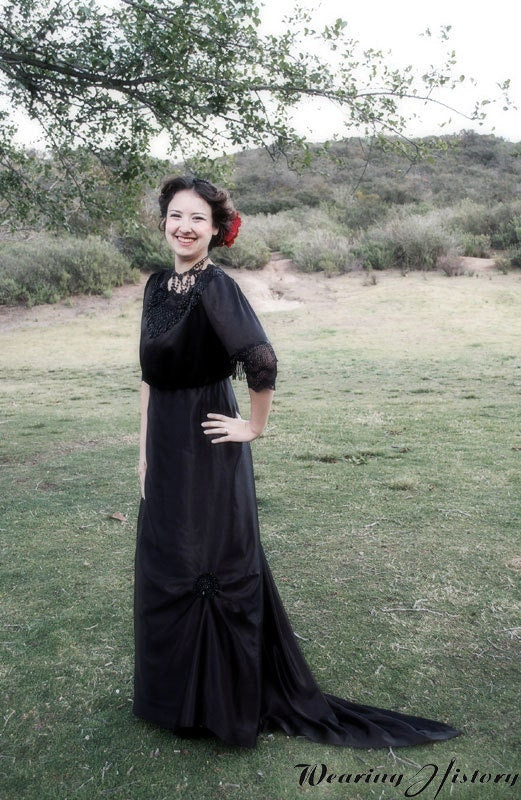
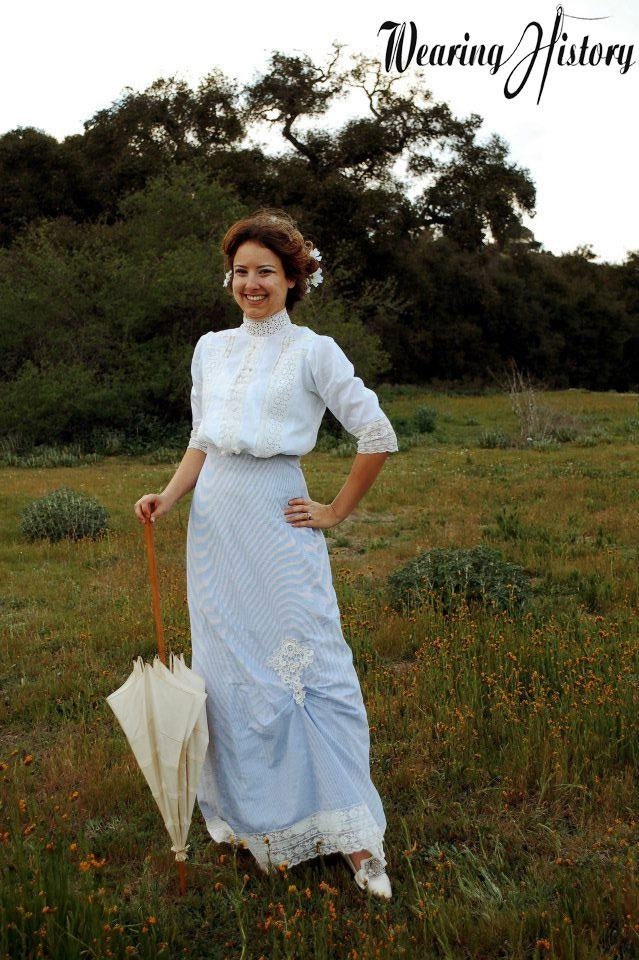
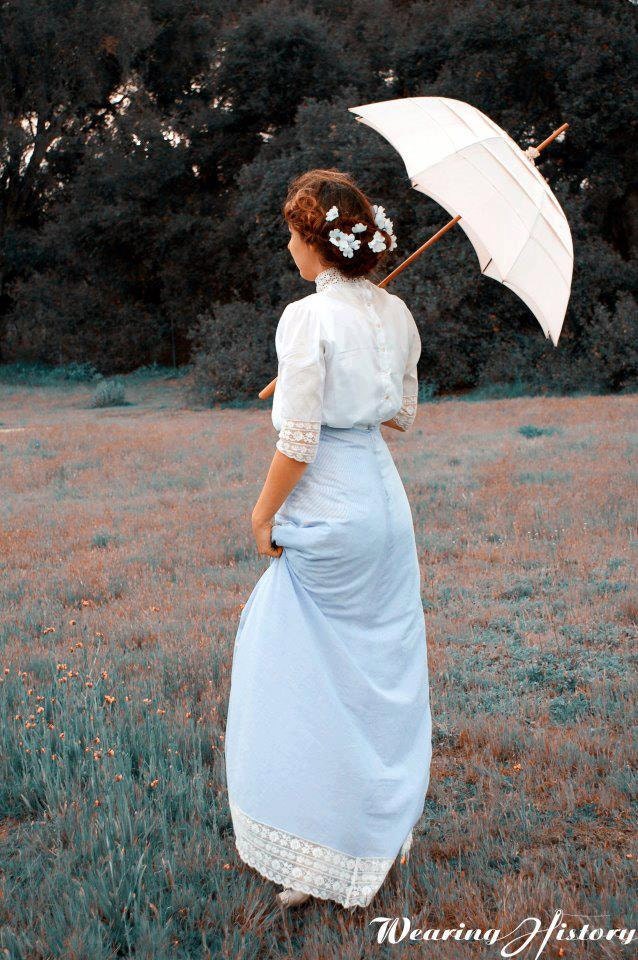
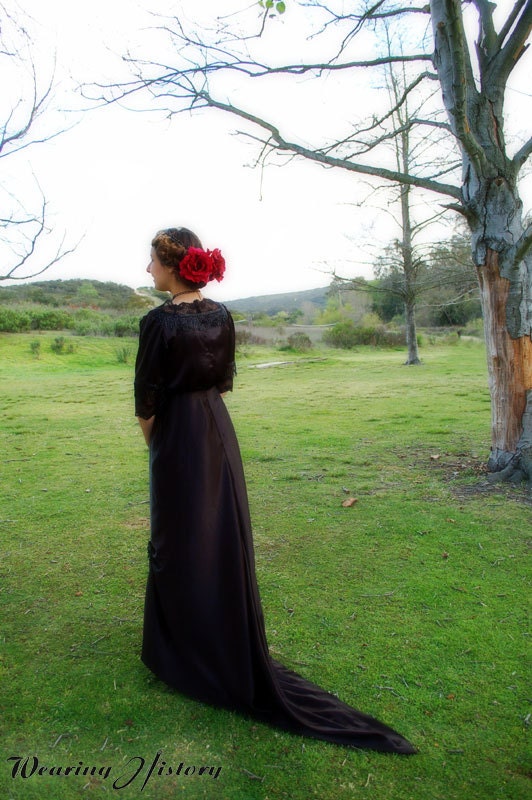
-
Shipping
PRINTED PATTERNS are mailed to you and already printed on big paper. Shipping is calculated at checkout. Please allow up to one week for orders to ship.
E-PATTERNS and E-BOOKS are digital download PDF files you save and print yourself or have printed for you. These will not mail to you. You download them yourself to your computer after checkout.
We do not sell to the EU or the UK on this site, as we aren’t set up for VAT collection. Please shop on Etsy if you’re in those countries. Http://wearinghistory.Etsy.com
-
HOW TO USE E-PATTERNS
Most patterns come as both A4/US LETTER and A0 size. You will need ADOBE READER, a free program, to print your e-pattern.
For A4/US LETTER paper:
Open the "READ-ME-FIRST" File for instructions on printing and piecing your pattern. Print the PDF file on your home printer, cut off on the lines given, and tape them together. Then you cut and use your pattern just as you would a normal home sewing pattern.
For A0 size:
This is sent away to a copyshop and printed on big sheets for you. We print A0 pattern sheets at great prices at Pattern Printing Company
-
Returns
No returns or exchanges are accepted. Please be sure of your pattern size and type of product, either physical or digital, before purchasing.
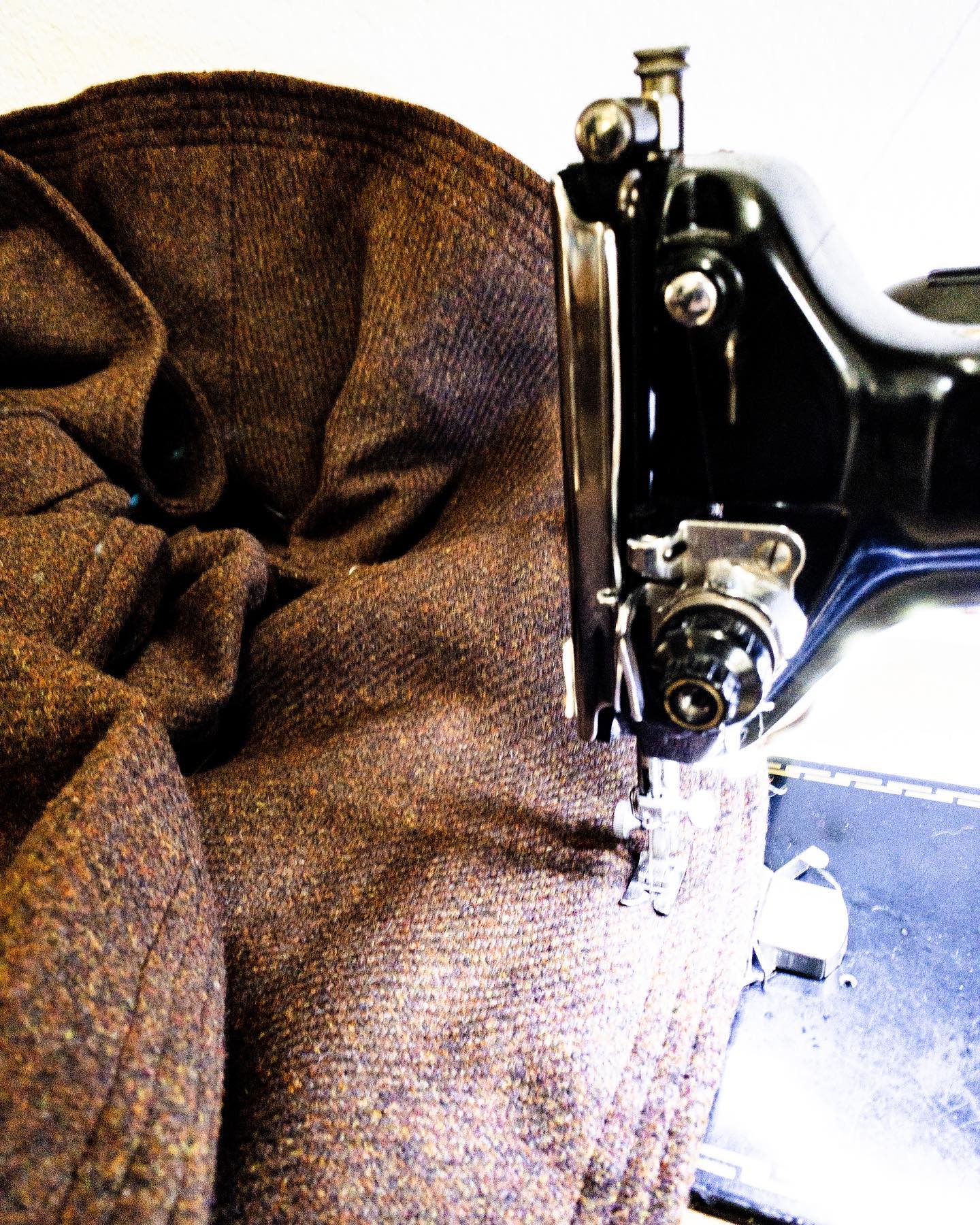
Carefully Researched
All of our patterns are carefully researched and based on either public domain materials or our own creations. Lauren applies her decades worth of practical application of historical fashion and technical skills when making these patterns, and often supplies watch points for making. External helps are available on Wearing History on YouTube and on Wearing History Blog to help you learn to sew history.
